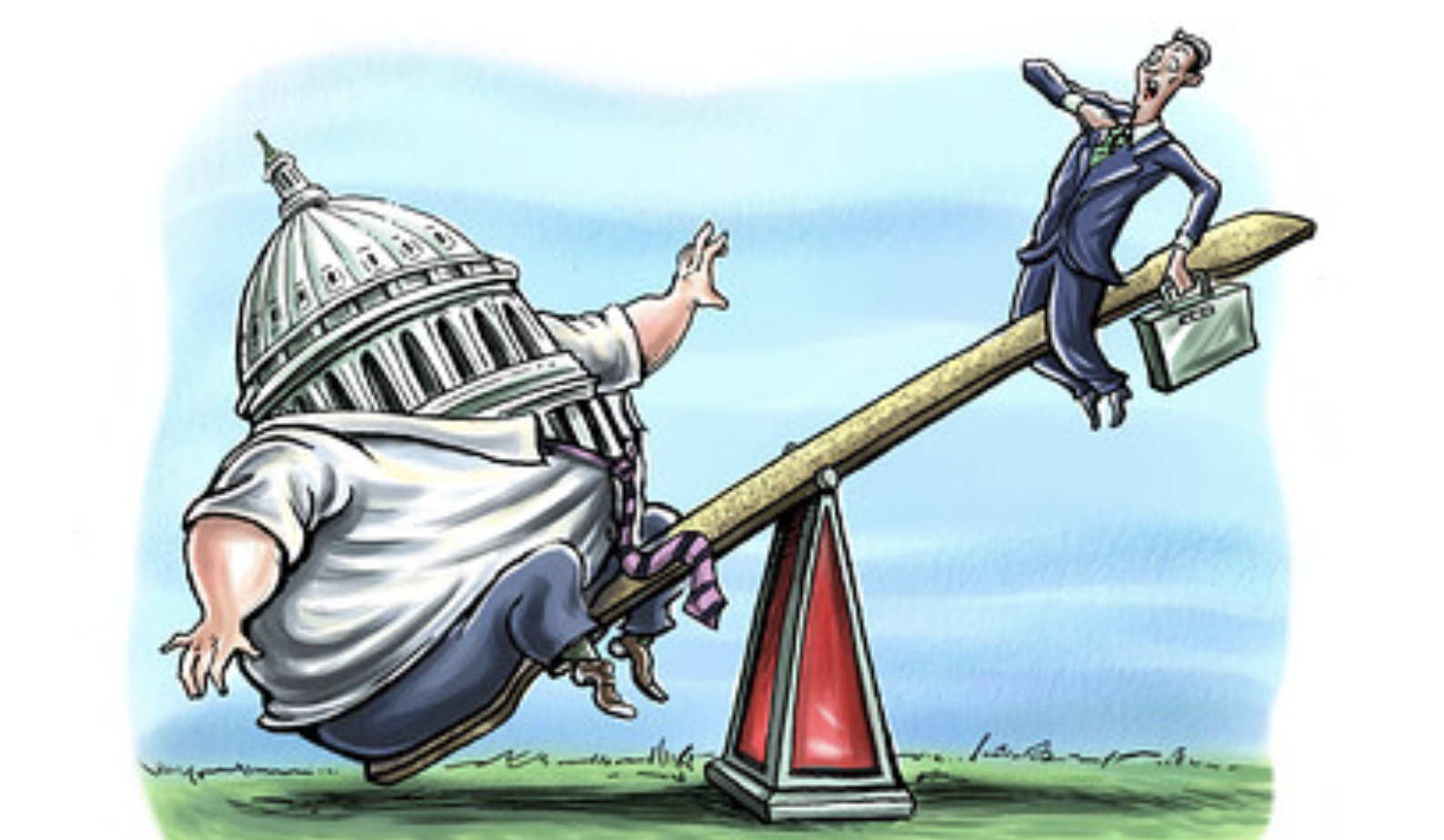Kerby Anderson
The current debate about the federal budget centers on whether the government is too big and too inefficient. Most Republicans argue that the federal government is too big. Many Democrats ask: “Where is your evidence that government has grown too big?”
John DiIulio is a co-author of a significant book about American government. He explains that government grows larger by using three types of what can be called “administrative proxies.”
The first are state and local governments. The EPA, for example, has fewer than 20,000 employees. But 90 percent of EPA programs are completely administered by thousands of state government employees, largely funded by Washington.
Second, there are for-profit businesses and contractors that also mask the large size of the government. In the Defense Department, for example, the hundreds of thousands of civilian workers have been supplemented by hundreds of thousands of for-profit contract employees. Today, the government spends more on defense contracts than it does on all official federal bureaucrats.
Third, there are the various tax-exempt or independent sectors, which have more than doubled in the last thirty years. Many of them owe their jobs to federal or intergovernmental grants, contracts, or fee funding.
These facts will be important to remember when Congress and the public debate the federal budget. Although the number of federal employees looks about the same as in previous decades, the federal budget is more than four times larger. The federal workload has been dispersed and makes the government look much smaller than it really is.
We do have a big government and should not fall for this federal shell game that tries to hide from taxpayers the real size and scope of government. 
 Listen Online
Listen Online Watch Online
Watch Online Find a Station in Your Area
Find a Station in Your Area










 Listen Now
Listen Now Watch Online
Watch Online
